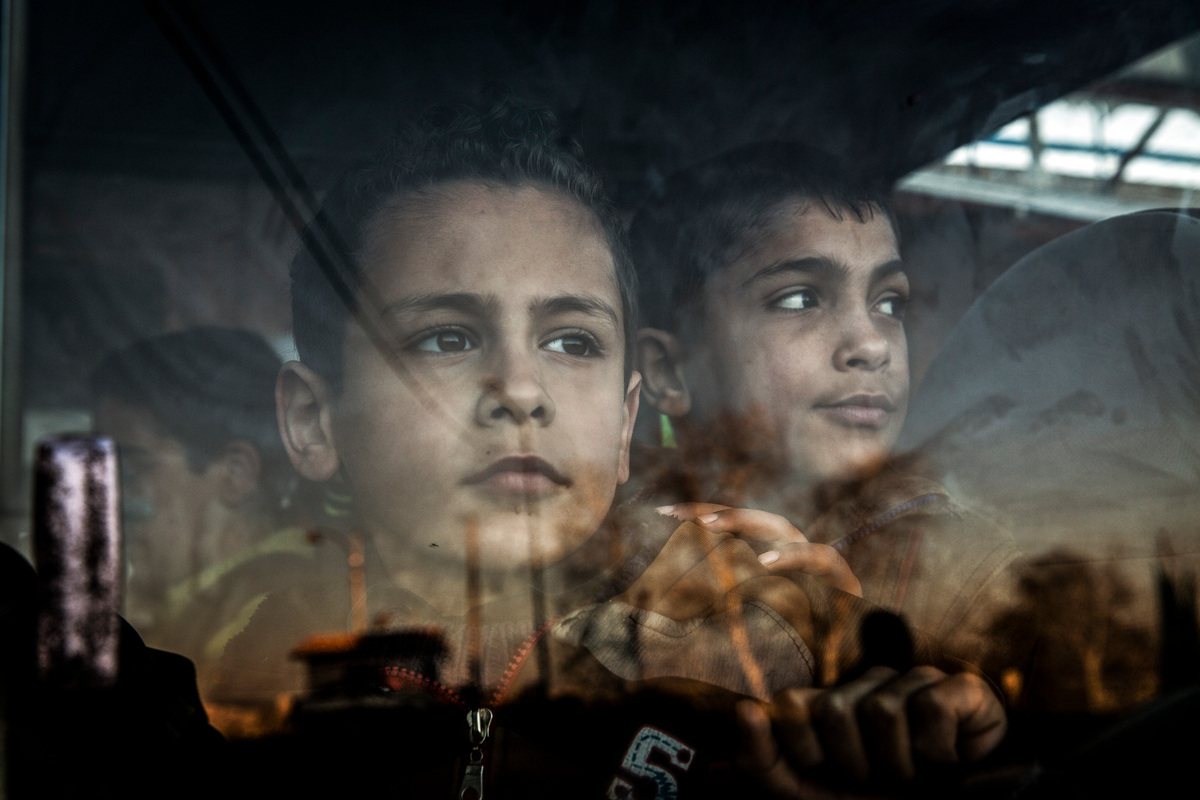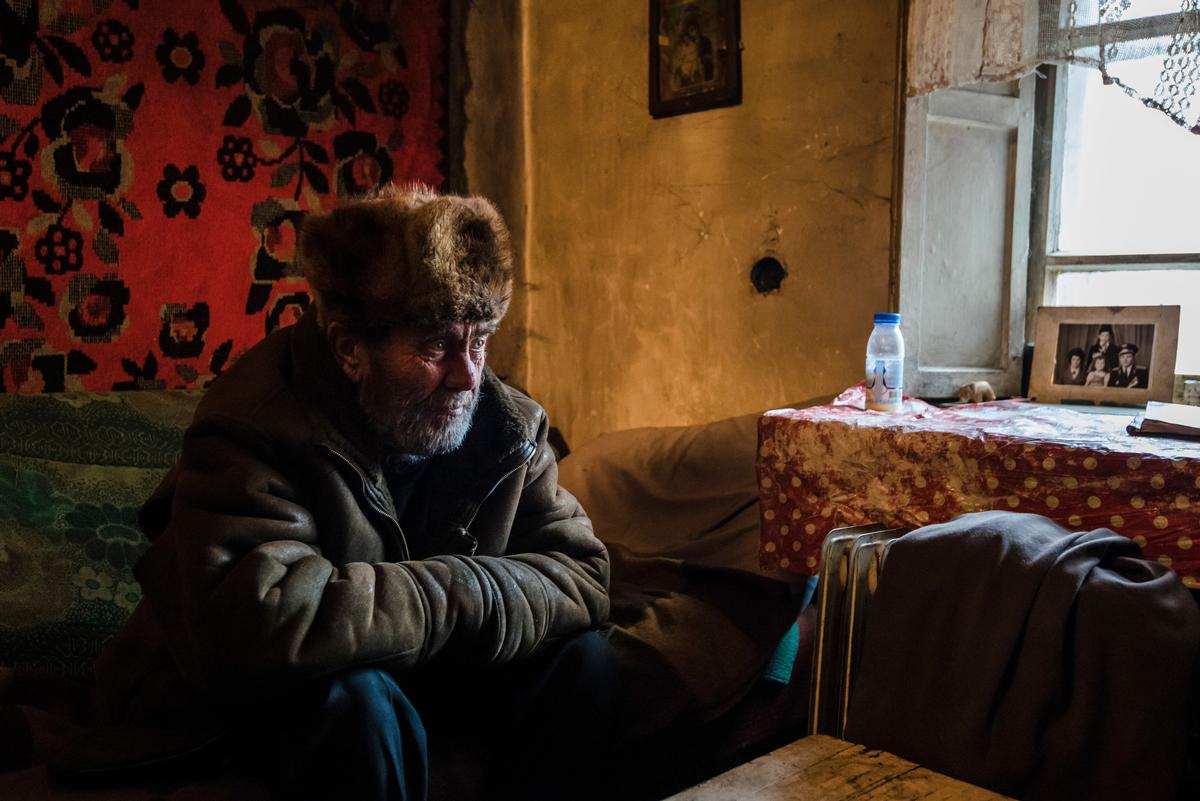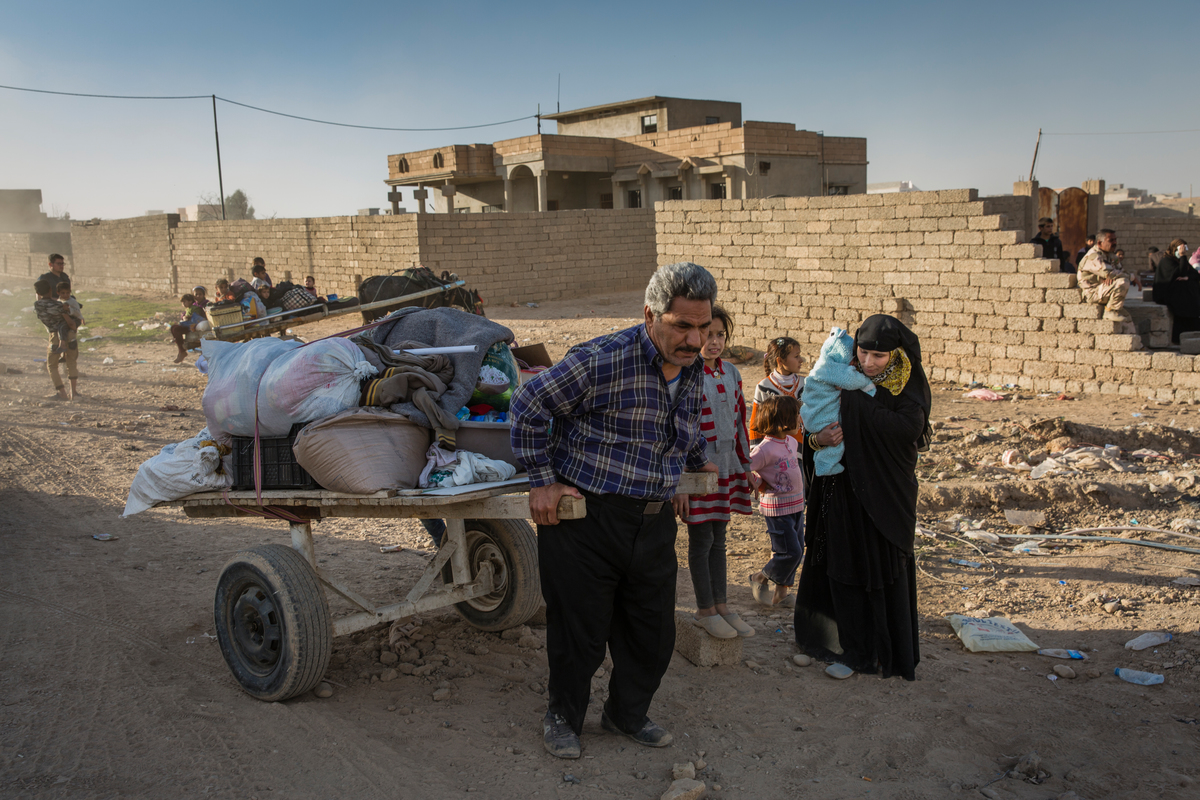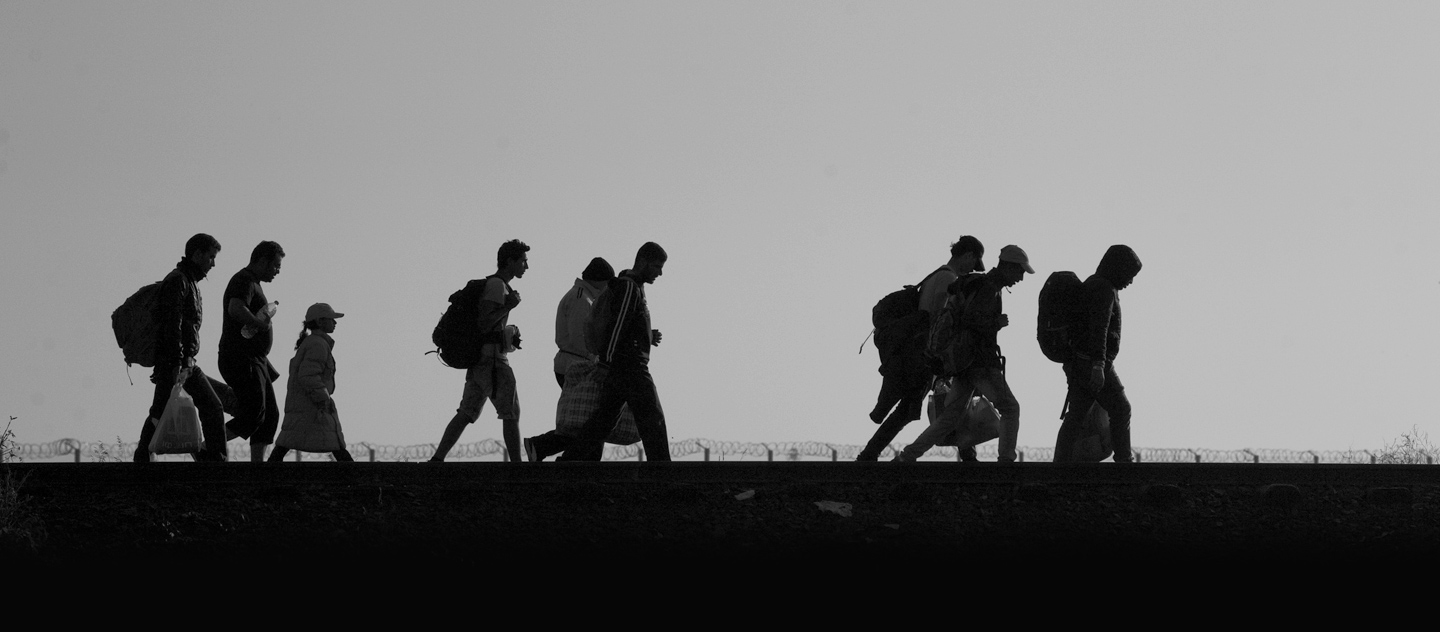2001 global refugee statistics
2001 global refugee statistics

GENEVA, June 18 (UNHCR) - Around 500,000 people fled their countries last year, but nearly the same number went home in a movement that kept the total refugees of concern to UNHCR at 12 million in 2001, the UN refugee agency's annual global statistics released Tuesday showed.
The largest refugee outflows in 2001 came from Afghanistan and the former Yugoslav Republic of Macedonia (FYROM). Ethnic conflict forced 93,000 people to leave FYROM last year, but 90,000 later came back . Some 200,000 Afghans fled war and prolonged drought in Afghanistan in 2001, joining more than 3.5 million already outside the country.
In Africa during the year, UNHCR reported large-scale movements from Angola, Sudan, Democratic Republic of the Congo, the Central African Republic, Somalia, Burundi, Liberia, Rwanda and Senegal. However, 267,000 refugees were able to return home, notably to Sierra Leone, Somalia, Eritrea, Burundi, Rwanda, Angola, Ethiopia and Sudan.
UNHCR also works on behalf of returned refugees, asylum seekers, certain groups of internally displaced people (IDPs), stateless persons and others affected by war and conflict. However, the UNHCR report does not include 3.8 million Palestinians, who come under the UN Relief and Works Agency for Palestine Refugees in the Near East (UNRWA).
Decreases in IDPs and others of concern, plus a decline in the number of refugee returns, largely account for a 2 million drop in the overall population of concern to UNHCR - from 21.8 million in 2000 to 19.8 million in 2001.
An additional 511,000 people were displaced in Afghanistan in 2001, bringing the total displaced population of concern to UNHCR there to 1.2 million. Returns of 560,000 IDPs in Afghanistan and more than 1 million Afghan refugees so far this year are not reflected in the UNHCR statistics.
Colombia saw the second largest increase in internal displacement of concern to UNHCR in 2001, up 190,500 to 720,000. Other major internal displacements during the year occurred in Liberia, where there were 112,000 newly displaced, and FYROM, with 74,500. However, 58,2000 of those in FYROM had gone home by year's end.
UNHCR reported major IDP returns of more than 1 million to Eritrea, 80,000 to Bosnia and Herzegovina, 42,000 to Burundi and 10,700 to Croatia.
UNHCR said there also was a decrease of 700,000 stateless persons, forced migrants and others of concern to UNHCR, mainly in the Commonwealth of Independent States (CIS). CIS countries have worked with UNHCR over the past decade to find solutions for these people.
The report said 923,000 people applied for asylum worldwide in 2001, compared to just over 1,092,000 in 2000. Major origins of asylum applicants in 2001 included Afghanistan, Iraq, Turkey, Yugoslavia, China, Democratic Republic of the Congo, Colombia, Russian Federation, Somalia and Iran. The number of asylum seekers whose cases were still pending at the end of the year was 940,800, compared to 900,700 at the beginning of 2001.
Currently, an estimated 7.7 million people under UNHCR's care are children below the age of 18, the report showed. The percentage of refugee children ranges from 57 percent in Central Africa to only 20 percent in Central and Eastern Europe. On the other hand, refugees above 60 years of age constitute more than 15 percent of the population in Eastern Europe and the Balkans, whereas in Africa they generally represent less than 5 percent of the population. In most regions, women and girls of all ages constitute between 45-55 percent of the refugee population.









